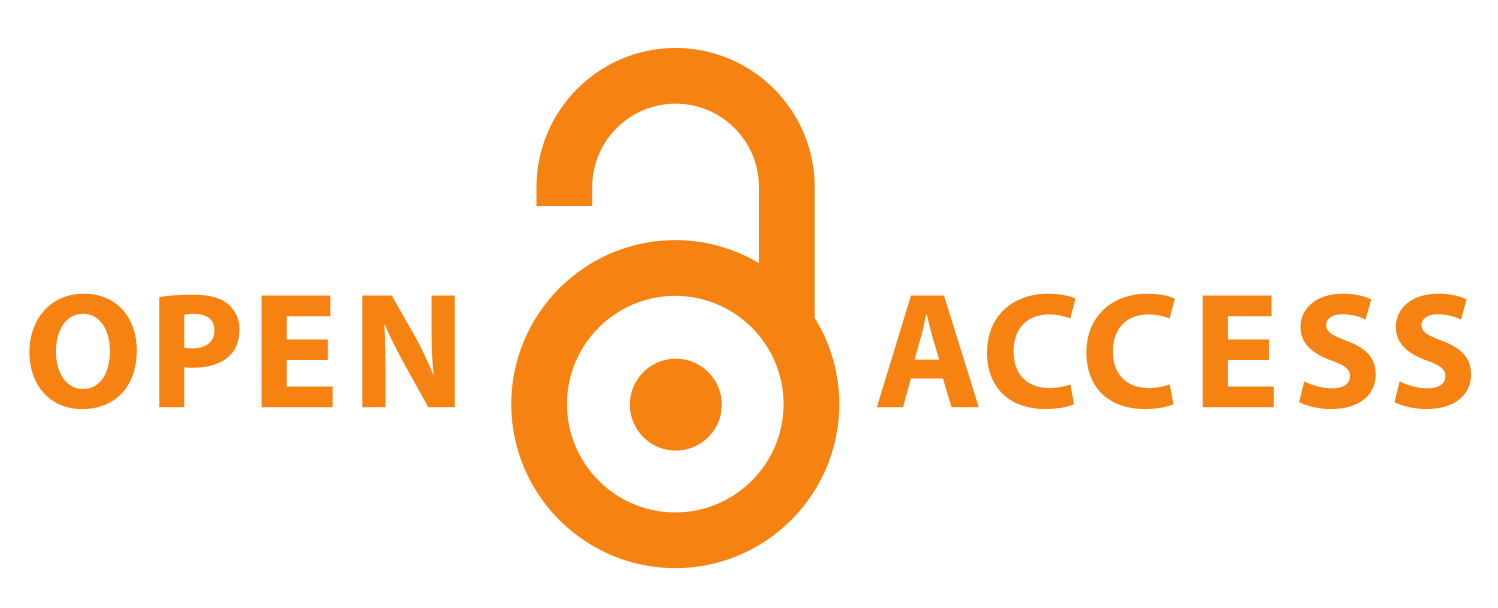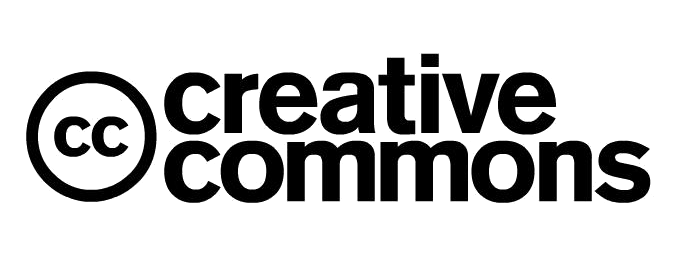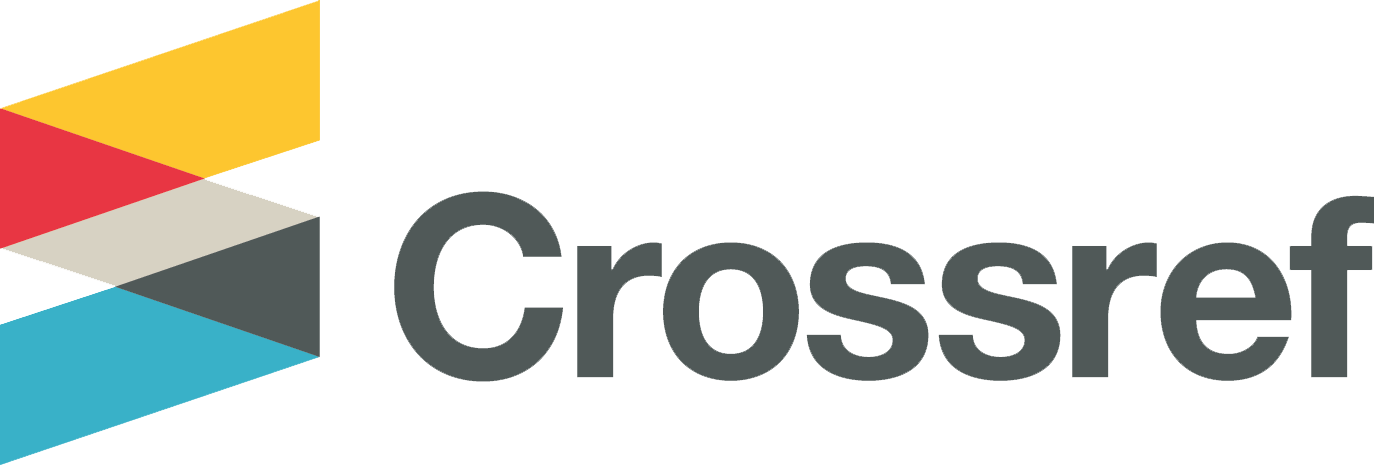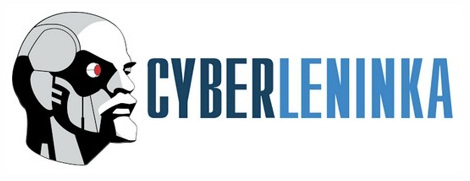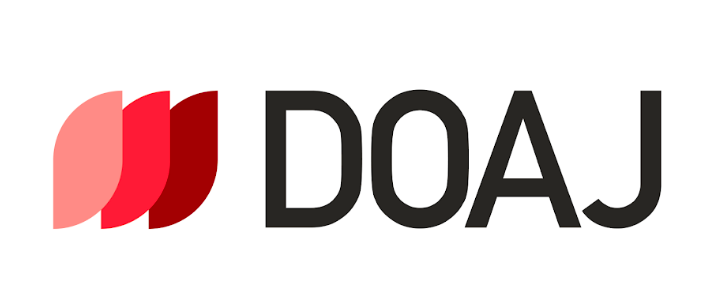DEUTONYMPHAL MORPHOLOGY OF THE WATER MITE PIONA STJÖRDALENSIS (THOR, 1897) (ACARI, HYDRACHNIDIA, PIONIDAE)
DOI:
https://doi.org/10.33910/1999-4079-2014-6-4-350-351Keywords:
Hydrachnidia, Pionidae, Piona, water mites, morphology, deutonymphAbstract
The first illustrated description of the deutonymph of the water mite Piona stjördalensis is given.
References
Davids C. & Kouwets A.C., 1987. The characteristics of some water mite of the genus Piona (Acari, Hydrachnellae) with three new larval descriptions. Archiv für Hydrobiologie, Bd. 110. S. 1–18.
Lundblad O., 1962. Die Hydracarinen Schwedens. II. Arkiv för Zoologi, Bd.14 (1). S. 1-635.
Lundblad O., 1968. Die Hydracarinen Schwedens. III. Arkiv för Zoologi, Bd. 21 (1). S. 1-633.
Tuzovskij P.V., 1987. Morfologiya i postembrional’noye razvitie vodyanykh kleshchey [Morphology and Postembryonic Development in Water Mites]. Publisher: Nauka, Moscow. 172 pp. (in Russian).
Tuzovskij P.V., 1990. Opredelitel’ deutonymph vodyanykh kleschey [Key to water mites deutonymphs]. Publisher: Nauka, Moscow. 238 pp. (In Russian).
Viets K.H., 1936. Wassermilben oder Hydracarina (Hydrachnellae und Halacaridae). In: F. Dahl, ed. Tierwelt Deutschlands. Jena: G. Fischer, Bd. 31-32 S. 1-574.
Viets K.H., 1956. Die Milben des Süßwassers und des Meeres. Hydrachnellae et Halacaridae (Acari). Zweiter und dritter Teil: Katalog und Nomenklator. Jena: G. Fischer. S. 1-870.
Viets K.O., 1978. Hydracarina. In: Illies J., ed. Limnofauna Europaea. Stuttgart: G. Fischer. S. 154-181.
Wainstein B.A., 1980. Opredelitel’ lichinok vodyanykh kleschey [Key to water mite larvae]. Publisher: Nauka, Leningrad, 238 pp. (in Russian).
Downloads
Published
Issue
Section
License
Copyright (c) 2014 П.В. Тузовский

This work is licensed under a Creative Commons Attribution-NonCommercial 4.0 International License.
The work is provided under the terms of the Public Offer and of Creative Commons public license Creative Commons Attribution 4.0 International (CC BY 4.0).
This license permits an unlimited number of users to copy and redistribute the material in any medium or format, and to remix, transform, and build upon the material for any purpose, including commercial use.
This license retains copyright for the authors but allows others to freely distribute, use, and adapt the work, on the mandatory condition that appropriate credit is given. Users must provide a correct link to the original publication in our journal, cite the authors' names, and indicate if any changes were made.
Copyright remains with the authors. The CC BY 4.0 license does not transfer rights to third parties but rather grants users prior permission for use, provided the attribution condition is met. Any use of the work will be governed by the terms of this license.

